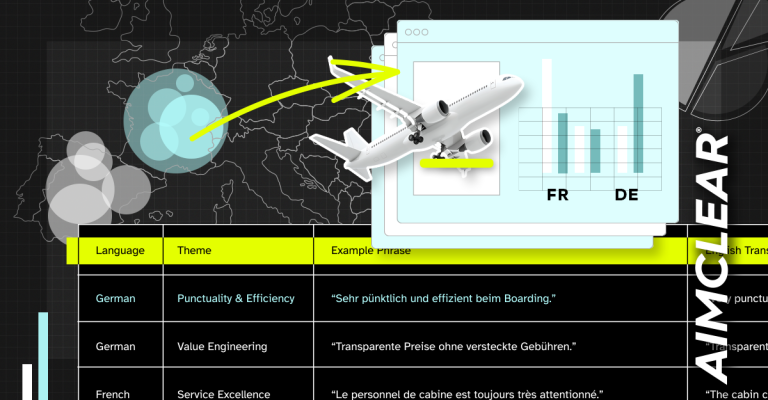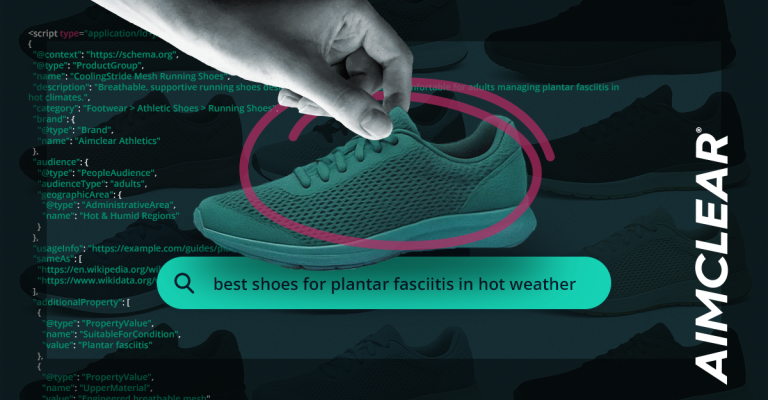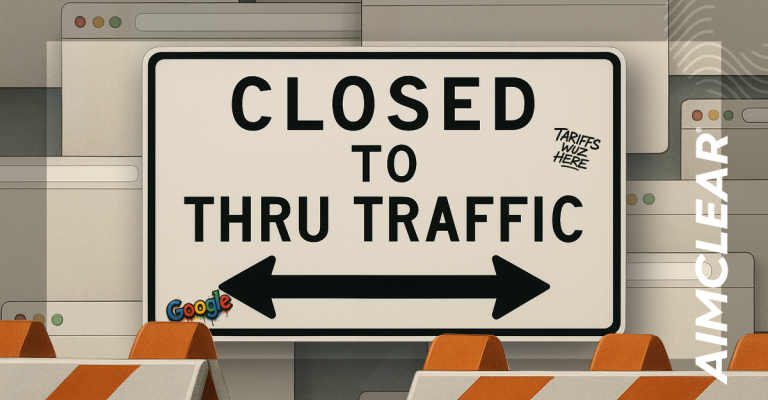American Internet outrage begins anew with every corporate (or government) slight, gaffe or alternative fact, seemingly never-ending like nested, thin-skinned Russian dolls. Most recently it’s unnaturally bloated and orange, cola-flavored and it’s United us all. After all…
Amicus meus, inimicus inimici mei
(“my friend, the enemy of my enemy”)
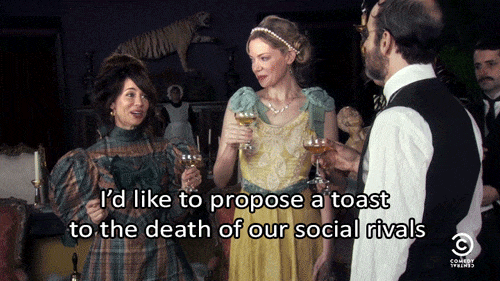
While the population rages online, marketers for competing companies may delight in some schadenfreude. Shrewd marketers will swiftly make moves to drive the wedge further between the population and competing company (with non-corporate assets of course). Marketers for “safer” organizations will take the opportunity to reinforce their own brand’s upstanding values, while others will get close to the flame with careful swipes at the competition’s misfortune ” a tactic to be undertaken only by the cunning, (truly) funny and companies that can get away with snark.
First things first: A word to the wise
PR, crisis, community managers and communication professionals collectively cringed upon seeing the (truly) horrific United “re-accommodation” video because they all know: we’re just one employee decision or reaction away from our own PR nightmare. Striking the wrong tone with a response, whether subtle or overt, can haunt your own brand. Take care, dear marketers, when heeding these schadenfreude marketing strategies.
Widen the divide
There’s one thing we know for sure: Attention span for outrage is usually swift, fierce and, as quickly as it can come, people will jump the train and move on to the next, like an addict chasing a high. When PR nightmares happen to your competition, strike while the fury is hot and promote the crap out of the bad news (from third-party, non-branded sources, of course).
We see this tactic most often with politics, especially recent politics. Would it surprise anyone if left-leaning organizations put money behind posts on Facebook pages like Occupy Democrats or Pantsuit Nation to further circulate mudslinging stories about the current administration? No. Organic tactics like these are everyday fodder for unaffiliated political pages, Twitter accounts and so on.
Groups looking to elect Democrats in the coming elections would be wise to sponsor Facebook posts on third-party Facebook pages to drive the wedge deeper. Preach to the choir with psychographic audiences designed to fire up the base, and dial in income, net worth and liquid assets to tap potential donors. Expect dirt-cheap engagement cost and high click-through rates.
Political campaigns know there’s often more to be gained (much-needed future votes!) by swaying moderate conservatives, third-party voters or the unaffiliated voter. Recalibrate the psychographic segmentation to hit third-party and moderate political affinities, while excluding fans of the most recent Democratic nominee, Hillary Clinton.
Heads up, these audiences will likely not be as engaged, and are probably more expensive than your rah-rah base, but sit tight ” political campaigns are about playing the branding long-game and making up for years of political prickliness and months of disinformation. Through proper tagging, tracking and on-site measurement mechanisms, political campaigns can calculate how many voters were actually swayed up until they enter the voting booth.
But why stop there? Target the deep-thinking voters – those who watch both sides of the media and have NO party affiliation (liberal, conservative OR moderate), self-reported or otherwise.
Let’s be honest ” 66,000 people just isn’t enough for any constituent. Add moderates back in by removing moderate political psychographics from the excluded audience to reach 2.4 million(!) voters (and soon-to-be voters) who watch both conservative and liberal media.
Risk Level: Relatively low when promoted via third-party accounts (and approved by legal)
Shade Level: Oh, you’re for sure shady for deploying this tactic. 😉
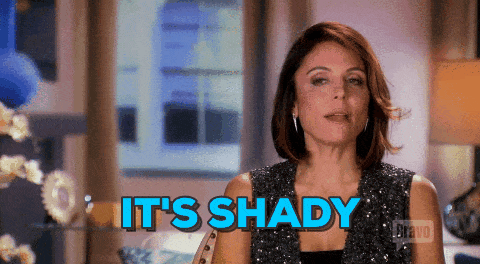
Go high
As we migrate from politics to business, marketers of any cloth would be wise to heed former FLOTUS Michelle Obama’s mantra: “When they go low, we go high.”

Be the bigger brand. Be above it all. This strategy is all about bolstering your own brand’s good-guy image, company values and (better?) product or service.
Marketers have two options (aside from doing nothing): expand existing assets or, in the absence of branding assets, craft new branding creative that contrasts the public’s outrage while steering clear of mentioning or referencing the competitor’s calamity directly, and deploy.
Double down on current marketing efforts that underscore your brand’s benevolence to subconsciously draw the distinction. Increase media spend on branding campaigns, widen or add psychographic segments that would consume your product and pay attention to “Current events” or “TV talkshows” ” chances are they’ve heard about it. Conversely, we could exclude the media-aware psychographic segment to capture an audience that may have missed the catastrophe.
Perhaps you don’t typically target ads at competitors’ fans. Now’s the time. 😉 Directly targeting a competitor’s fans (but not their employees) is easy with Facebook targeting. Word of WARNING: Monitor comments on Facebook News Feed placements; there’s no need to tolerate “your company sucks, too” comments. You, marketer, are paying for this, after all.
Yep, that’s 310,000 flyers who like United, but no other major carrier ” ripe picking for Delta’s marketing squad.
Coke could certainly use similar tactics to capture brand loyalty in light of Pepsi’s tone-deaf protest ad. Target buyers of carbonated drinks who purchase premium brand groceries (Coke and Pepsi aren’t Shasta or Faygo, after all) and exclude current fans, coupon users and competitors’ employees. Dial in the audience even further with political leanings, because let’s face it, while Trump voters probably thought the ad was dumb, they weren’t as outraged as the “snowflake” SJWs. Or, you know, just go after Pepsi’s fans.
Bring this tactic to search campaigns as well. Now’s the time to throw your weight around the non-branded, high-converting search space where competition was on an even keel. Keyword: was. #AnotherOneBitesTheDust.
Risk Level: None to low. If the brand simply invests more media spend to existing assets, the increased market saturation will (likely) go unnoticed by average consumers while branding does its thing.
Shade Level: Mild

The wink & nod approach
For many brands, there’s little need to be saint-like with a perfect record ” just look and operate better than the competition. Comparison is everything in the consumer’s mind. While the public is verbally abusing your competition and vowing to boycott, marketers must tread carefully or possibly find the wrath of public opinion on their own brand’s doorstep.
Should your brand be snarky? What are the risks? Consider your brand’s own recent missteps, gaffes or blunders. How recent are they? Is it likely the public will dredge up your brand’s mistakes? Are you really that funny? Is it appropriate? Is it on brand? Do the benefits outweigh the risks?
OK. Now, what are you going to say?
Snark is art.
Humor is a craft.
Neither should be attempted by amateurs.

Have we sufficiently suggested this is a potentially risky move? OK.
Delta, no stranger to consumer outrage, has successfully flown above the two recent United gaffes like little girls in leggings…
Even with mild backlash, @Delta CMs handle situations like true pros.
While scooping up United customers left and right, @Delta CMs are upselling services like Delta Sky Club.
Feeling especially confident? Work with PR and organize news interviews to trot out the CEO talking up the contrast in service.
Mere days after United’s “re-accommodate” disaster, Delta Air Lines CEO Ed Bastian highlighted the fact that Delta handles overbooking better. In fact, they had the second lowest denied-boarding rates last year (while saying there should be no additional legislation required from the government to protect fliers).
Risk Level: Mild to medium (but could quickly turn to red alert)
Shade Level: It’s shady
 via GIPHY
via GIPHY
Full disclosure: AIMCLEAR <3s Delta (most of the time 🙂 ), and they happen to be the poster child pro example, in this case.
Go for the jugular
Danger. DANGER, dear marketers. The following strategy is only to be executed by true pros or businesses with a lot of freedom (read: nothing left to lose) and not to be undertaken by amateurs. Marketers for publicly held or other risk-averse companies, take heed. Engaging in the following strategy is like putting your entire career on one number at the roulette wheel.

If your brand can stomach and withstand a more cutthroat approach, aggressively go after your competitors’ most loyal, money-making customers. Straight up target competitors’ fans, as previously illustrated, with creative that addresses their affiliation’s f*<kup on a scale of mild to in-their-face.

If you’re Delta, now is the time to offer up mile-matching for loyal United customers or automatic Gold status for the first year. Sweeten the pot by boosting the mileage award on the Gold Delta Amex. CHA-ching!
If you’re really cutthroat, brand community managers could take this opportunity to watch competitors’ @mentions and swoop in directly. WARNING: This tactic could go awry very fast (and usually does), but there are consumers out there who’d gladly take up a competitor’s offer.
Risk Level: Risky business. You may not alienate would-be customers or loyal fans, but may provoke the wrath of said competitor next time your number is called. The brand may also cultivate a fickle following, easily outraged themselves.
Shade Level: So shady. Obviously.

As marketing strategists, we weigh the pros and cons and effort against the ROI of any new campaign. When it comes to competition and public-facing assets, the arena becomes hotter and even more unpredictable. One thing’s certain: Brands in highly competitive environments (politics, cola wars, airlines) seeking to gain ground in consumers’ hearts and minds can effectively fuel and widen the momentary divide between the customer and competitor. Done through third-party accounts with secure NDAs, the brand should come out totally unscathed. Companies with serious cojones can take more aggressive measures, from subtle jabs and jokes to cutthroat customer appropriation. But hurry, marketers. Most of us have already forgotten United’s re-accommodation. 😉
Image credit: durantelallera/Shutterstock.com

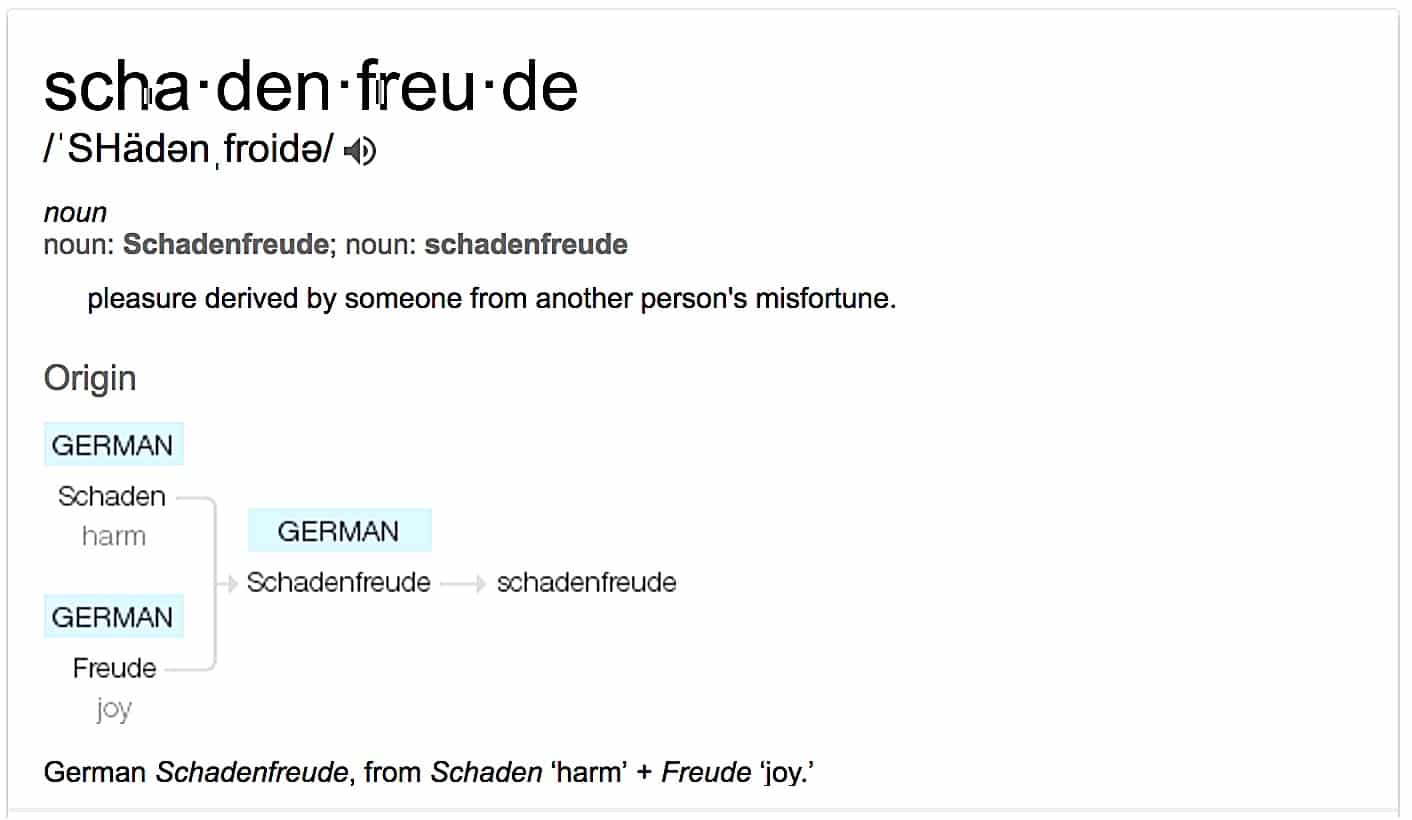

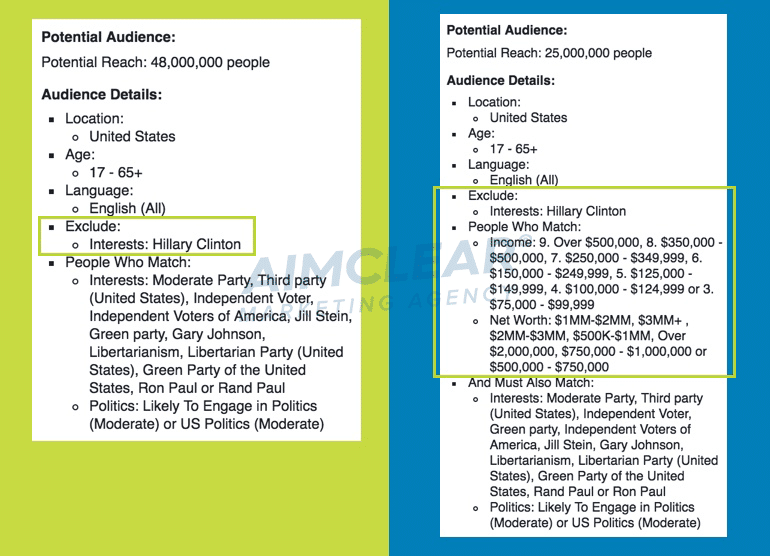
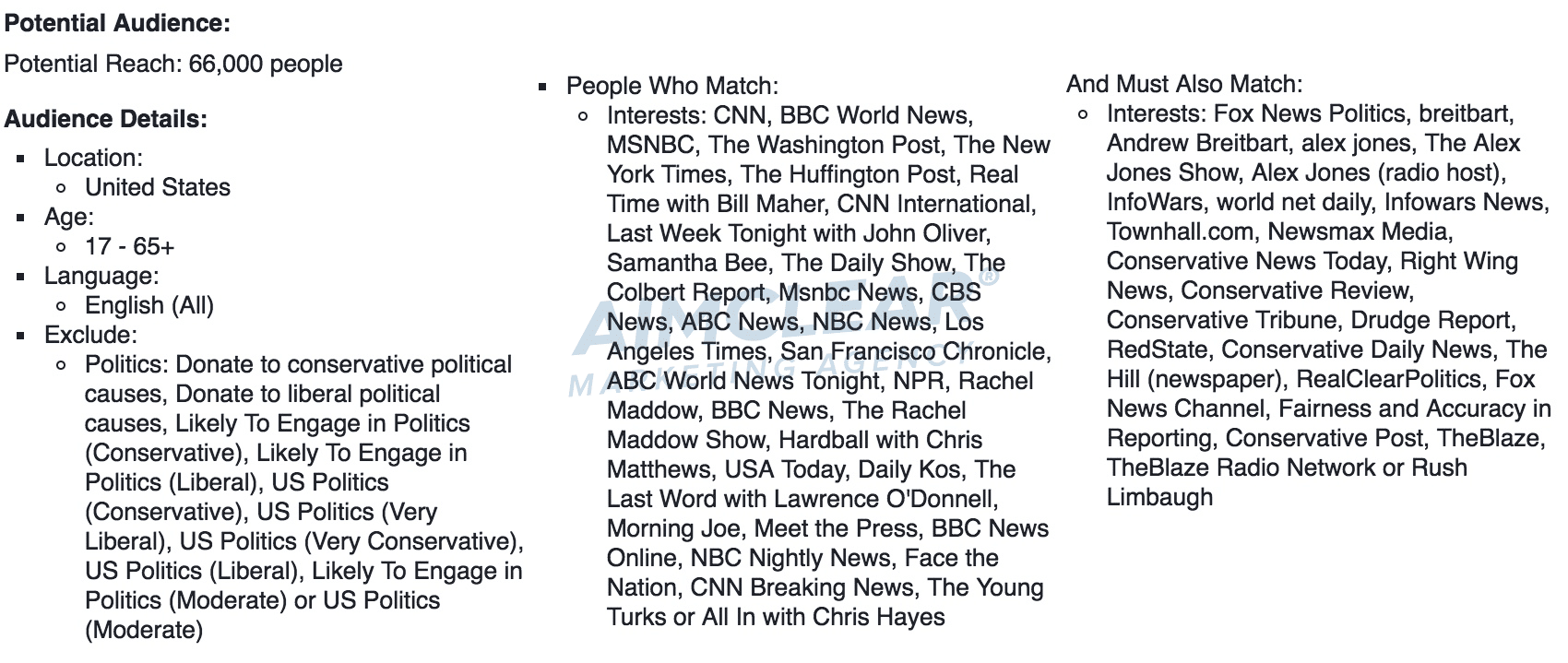







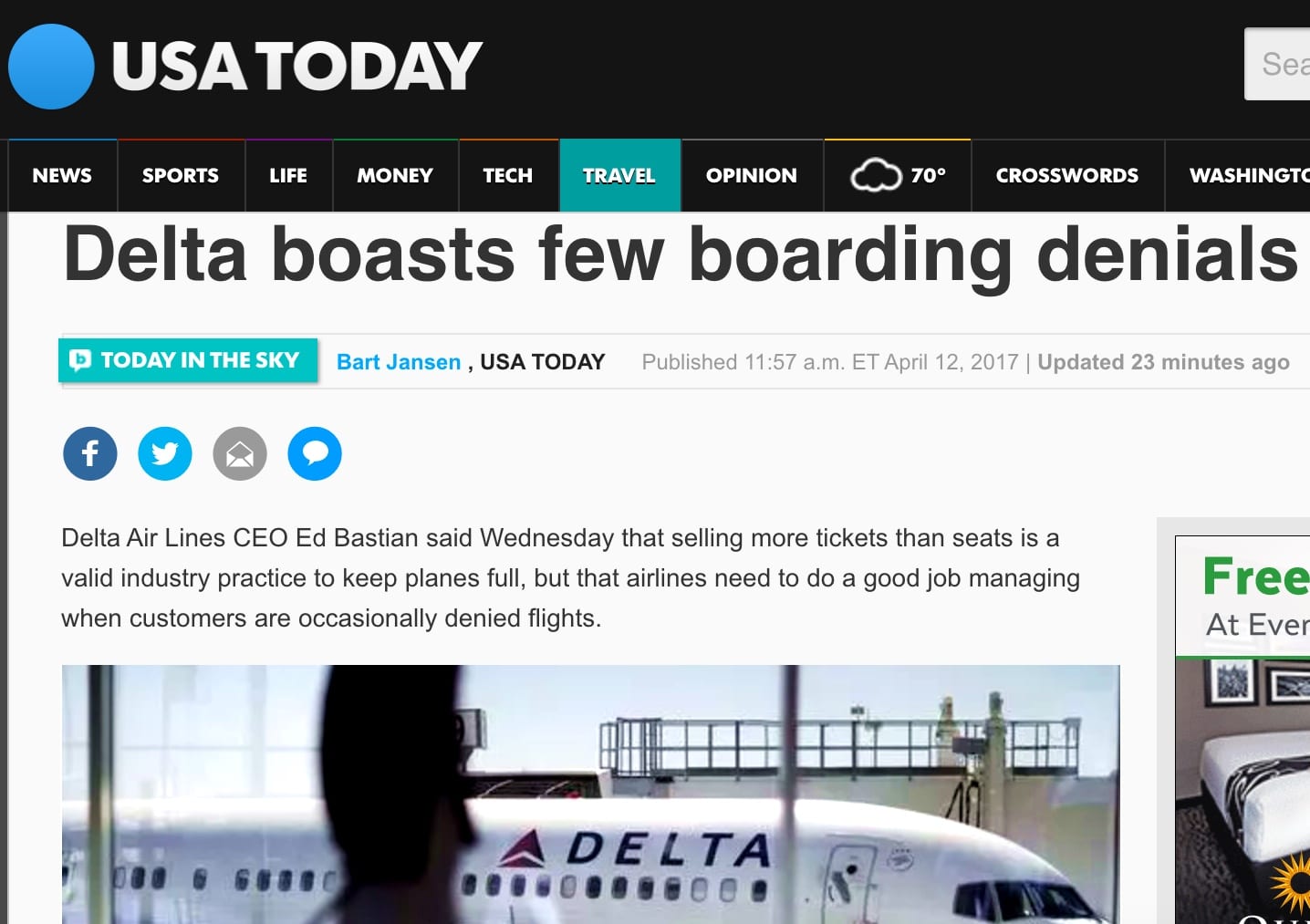
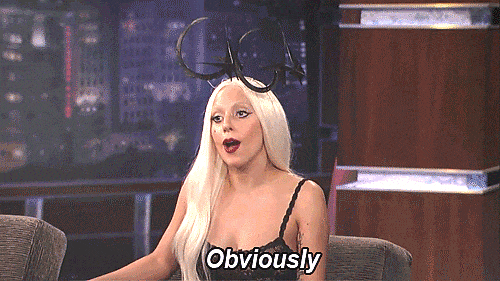 via
via 


